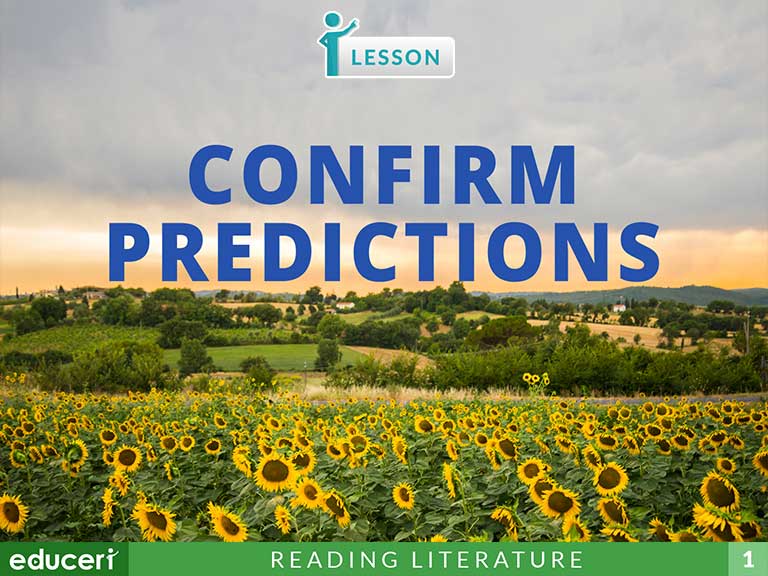All Lessons
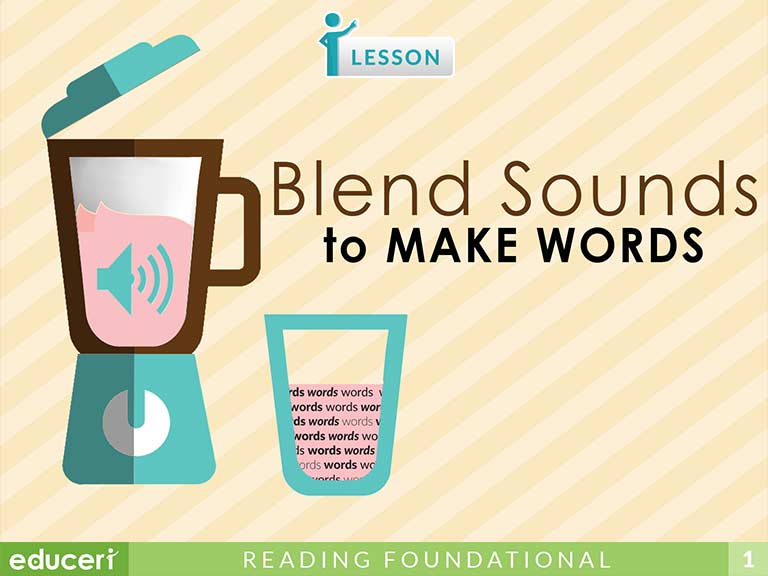
Blend Sounds to Make Words
This language lesson practices the blending of sounds to produce words. This lesson focuses on students’ phonological awareness, meaning they should only be listening to the words not reading them. Pictures have been animated to appear after students have blended the given sounds. It will be helpful if students are already familiar with blending and segmenting onsets and rimes prior to this lesson. Supplemental materials for Concept Development CFU and Skill Development are available for this lesson.
Share This Lesson
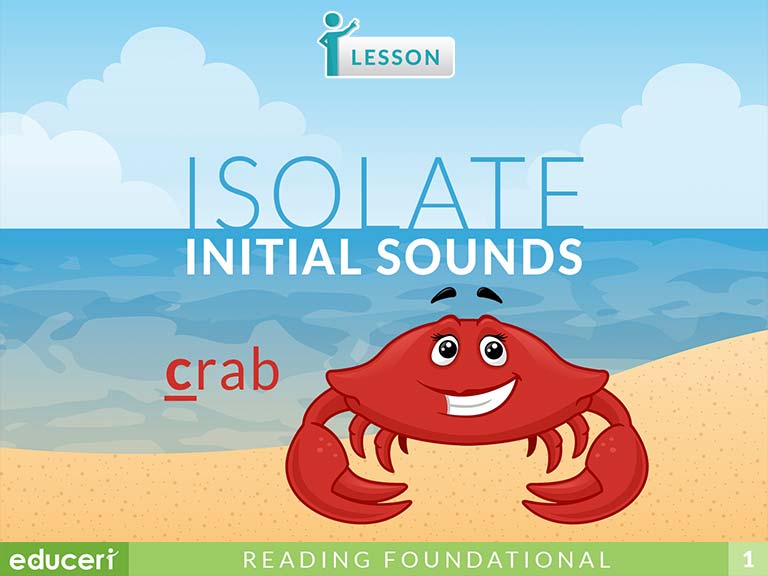
Isolate Initial Sounds
This phonics lesson practices isolating initial sounds in words. The lesson includes research-based strategies and strategic questions that prepare students for assessments. In this lesson, students will practice isolating and pronouncing initial, medial vowels, and final sounds (phonemes) in three-phoneme (consonant-vowel-consonant, or CVC) words. This does not include CVCs ending with /l/, /r/, or /x/. Rigor increased from kindergarten from the basic CVC pattern to more difficult word constructions that include consonant blends. A word construction chart and extra resources are provided as well.
Share This Lesson
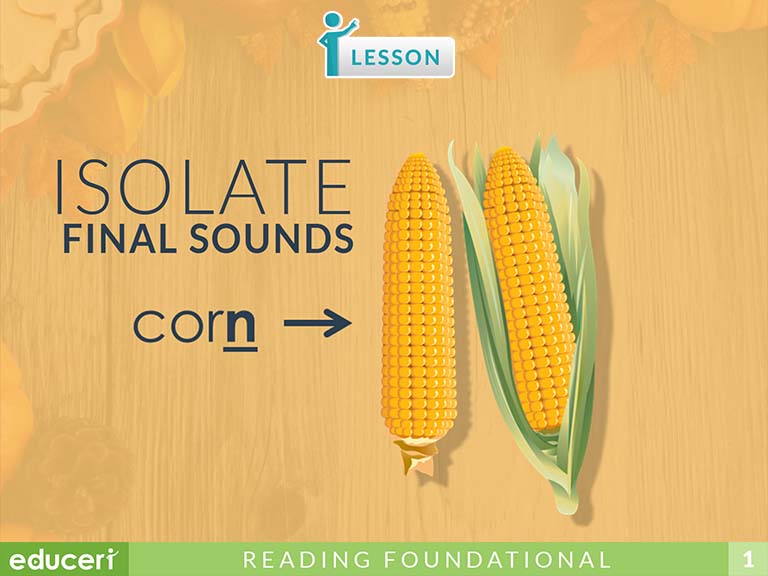
Isolate Final Sounds
This phonics lesson practices isolating final sounds in words. The lesson includes research-based strategies and strategic questions that prepare students for assessments. In this lesson, students will practice isolating and pronouncing initial, medial vowels, and final sounds (phonemes) in spoken single-syllable words. A word construction chart and extra resources are provided as well.
Share This Lesson
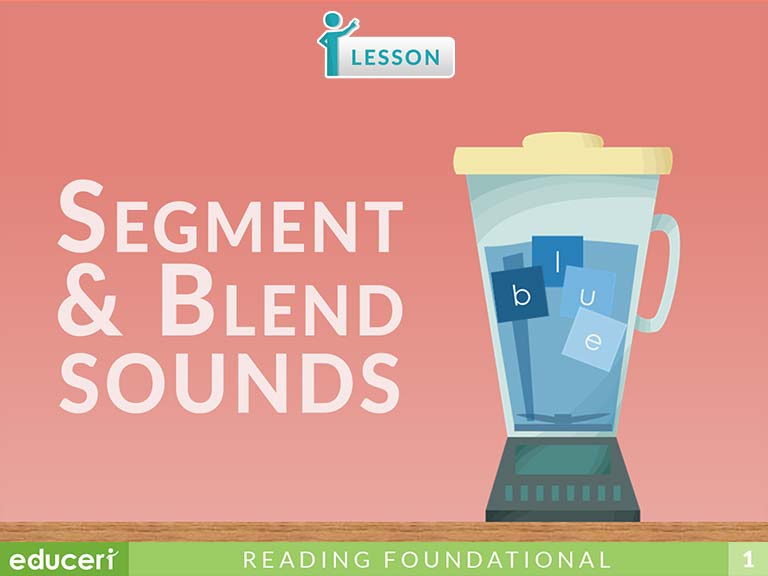
Segment and Blend Sounds
RF.1.2 Demonstrate understanding of spoken words, syllables, and sounds (phonemes).
RF.1.2.BRF.1.2.B Orally produce single-syllable words by blending sounds (phonemes), including consonant blends.
RF.1.2.DRF.1.2.D Segment spoken single-syllable words into their complete sequence of individual sounds (phonemes).
This phonics lesson focuses on segmenting and blending words. It will be helpful if students are already familiar with blending and segmenting of onsets and rimes of single-syllable spoken words. Students do not have a handout for this lesson. This lesson should focus on students’ phonological awareness, meaning they should only be listening to the words not reading them. Supplemental materials are included in this lesson, such as activities and other resources.
Share This Lesson
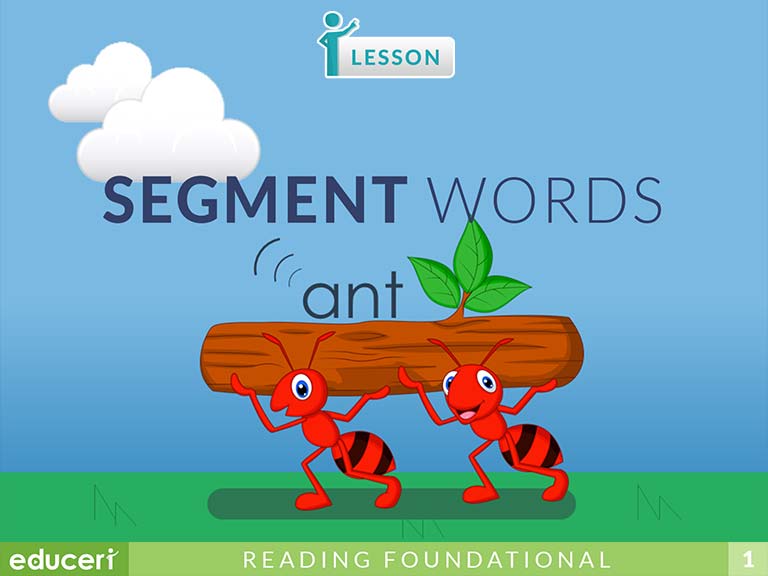
Segment Words
This phonics lesson is focused on segmenting single-syllable words into phonemes. The lesson includes research-based strategies and strategic questions that prepare students for assessments. Students do not have a handout for this lesson. This lesson should focus on students’ phonological awareness, meaning they should only be listening to the words not reading them. Supplemental materials are provided for use with this lesson.
Share This Lesson
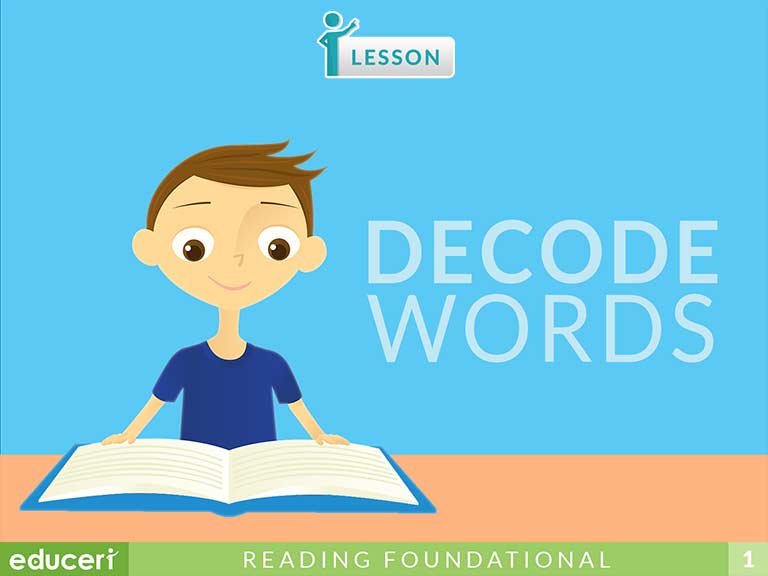
Decode Words
This phonics lesson includes research-based strategies and strategic questions that prepare students for assessments. In this lesson, students will identify and use appropriate words and vocabulary based on subject matter and context. This lesson is the beginning level of decoding words (words containing only the phonetic code the student has already learned) and includes the following digraphs: th, sh, ch, wh, ck, and ng. Non-decodable words are not included because students must be taught the sounds of the different phonic patterns.
Share This Lesson
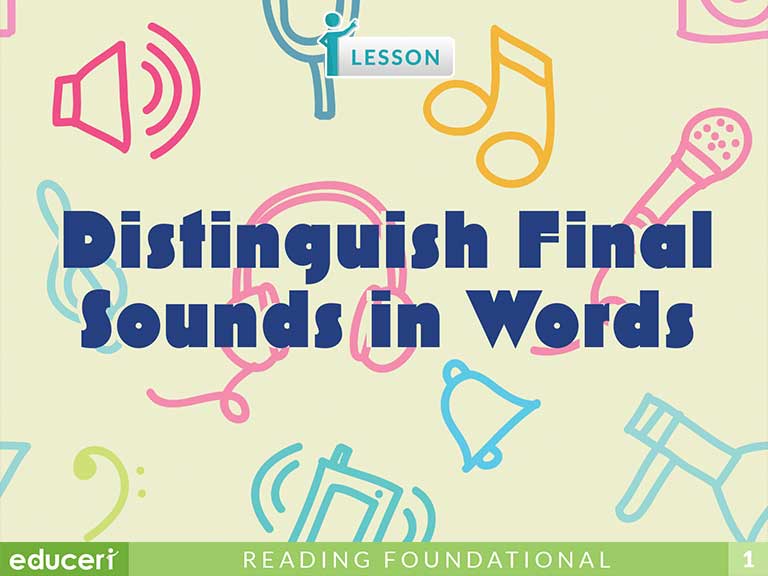
Distinguish Final Sounds in Words (N, T, G, M, S, P)
This reading vocabulary lesson focuses on distinguishing final sounds in words. The lesson includes research-based strategies and questions that help prepare students for assessments. This lesson is a phonemic awareness/listening and speaking lesson. The lesson (with the help of pictures) practices identifying the final sound in a word. In addition to the lesson, there are five pages of Independent Practice and review with questions modeled after current adaptive testing items.
Share This Lesson
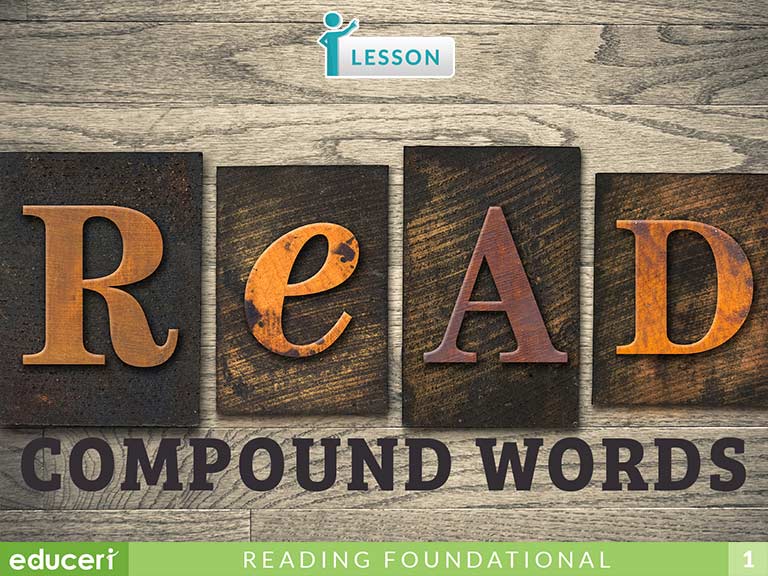
Read Compound Words
This reading vocabulary lesson focuses on reading compound words. The lesson includes research-based strategies and questions that help prepare students for assessments. This lesson does not include any writing on the students part. It focuses on practicing to read the compound words. In addition to the lesson, there are eight pages of Independent Practice and review with questions modeled after current adaptive testing items.
Share This Lesson
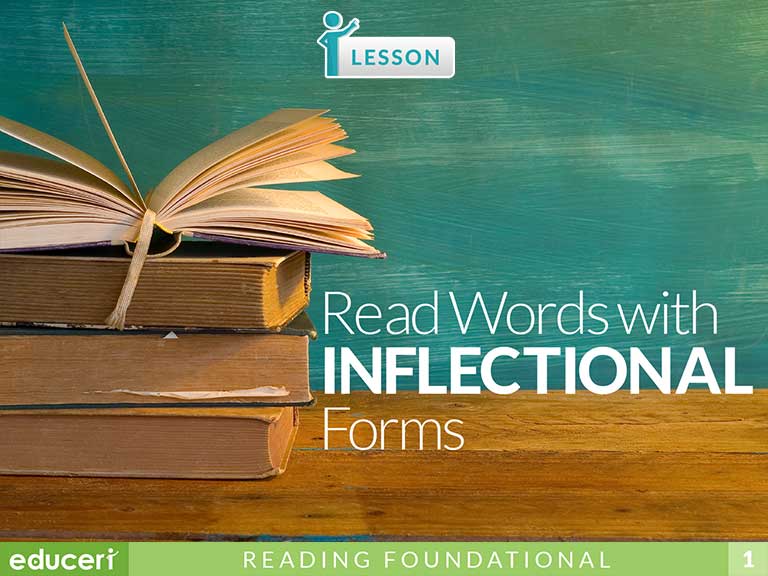
Read Words with Inflectional Form
This reading vocabulary lesson focuses on reading words with inflectional forms. The lesson includes research-based strategies and questions that help prepare students for assessments. This lesson asks students to identify the inflectional form (-s, -ed, -ing), and practice reading the words. In addition to the lesson, there are four pages of Independent Practice and review with questions modeled after current adaptive testing items.
Share This Lesson
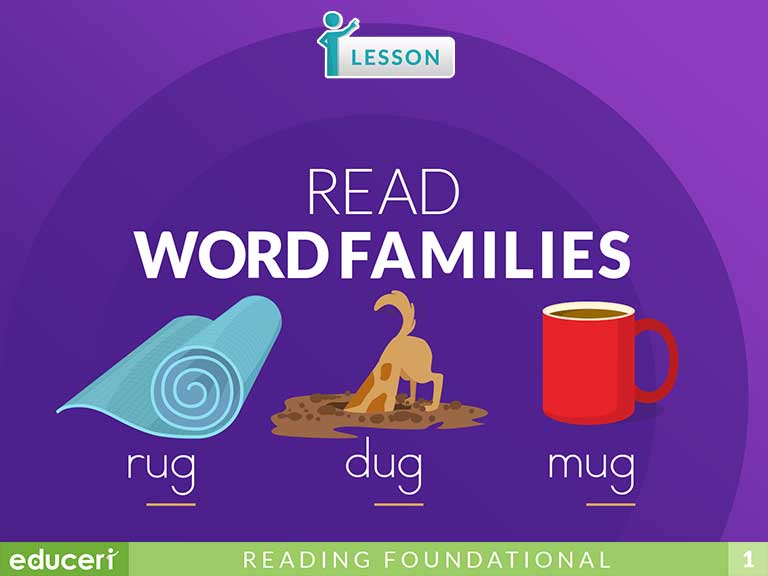
Read Word Families
This reading vocabulary lesson focuses on reading word families. The lesson includes research-based strategies and questions that help prepare students for assessments. This lesson does not include any writing on the students part. It focuses on practicing the reading of word families through initial sounds, word families, and blending the whole word. In addition to the lesson, there are four pages of Independent Practice and review with questions modeled after current adaptive testing items.
Share This Lesson
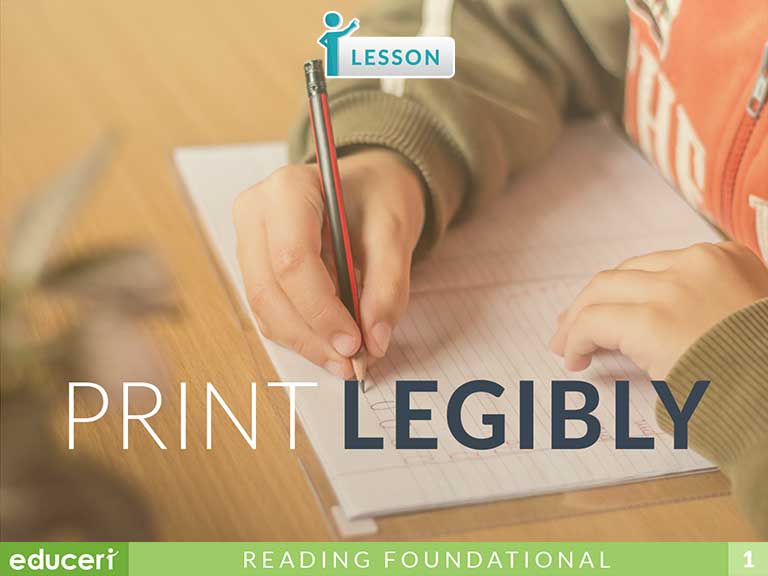
Print Legibly
This writing strategies lesson focuses on printing legibly. The lesson includes research-based strategies and questions that help prepare students for assessments. In this lesson, students practice letter spacing and printing neatly and legibly. In addition to the lesson, there are eight pages of Independent Practice and review with questions modeled after current adaptive testing items.
Share This Lesson
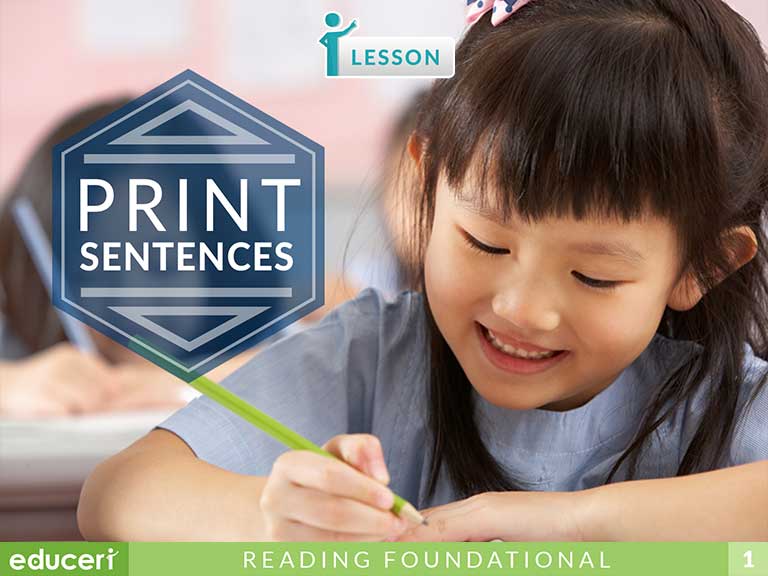
Print Sentences
This writing strategies lesson focuses on printing sentences. The lesson includes research-based strategies and questions that help prepare students for assessments. In this lesson, students practice writing right to left, top to bottom, word spacing, and printing neatly and legibly. In addition to the lesson, there are eight pages of Independent Practice and review with questions modeled after current adaptive testing items.
Share This Lesson
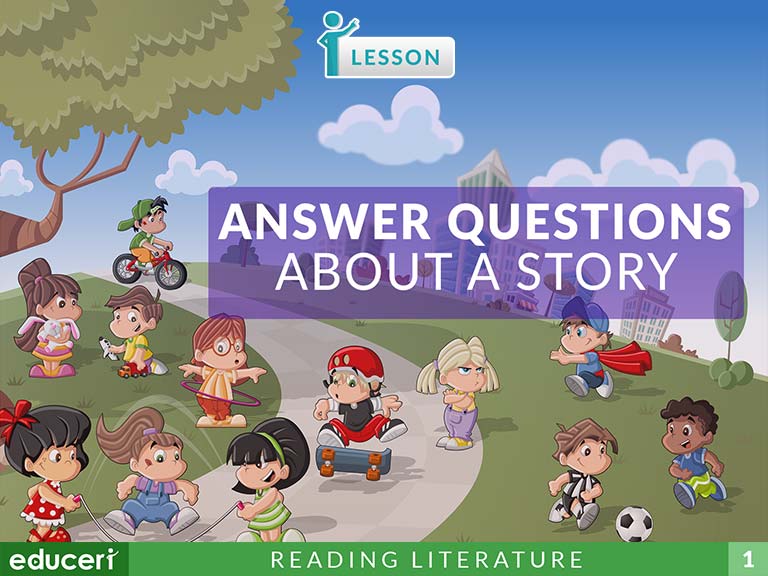
Answer Questions about a Story
This reading comprehension lesson practices answering specific questions about the text. The lesson includes research-based strategies and strategic questions that prepare students for assessments. This lesson contains who, when, and where questions. In Skill Development/Guided Practice, students are asked to tell which sentence they found the answer in. This prepares students to cite textual evidence.
Share This Lesson
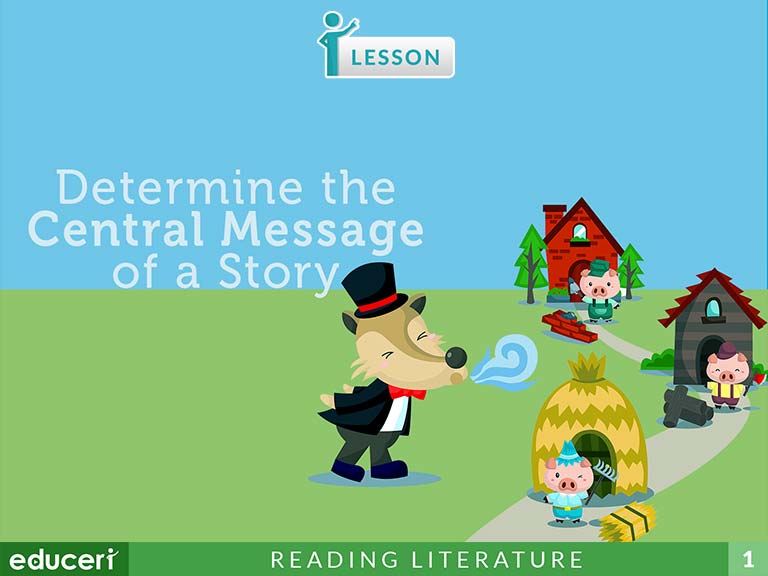
Determine the Central Message of a Story
This reading comprehension lesson focuses on retelling stories and details that express the central message or lesson. The lesson is intended to be taught as a read-aloud, with Independent Practice and Periodic Reviews to be teacher guided. The lesson includes research-based strategies and strategic questions that prepare students for assessments.
Share This Lesson
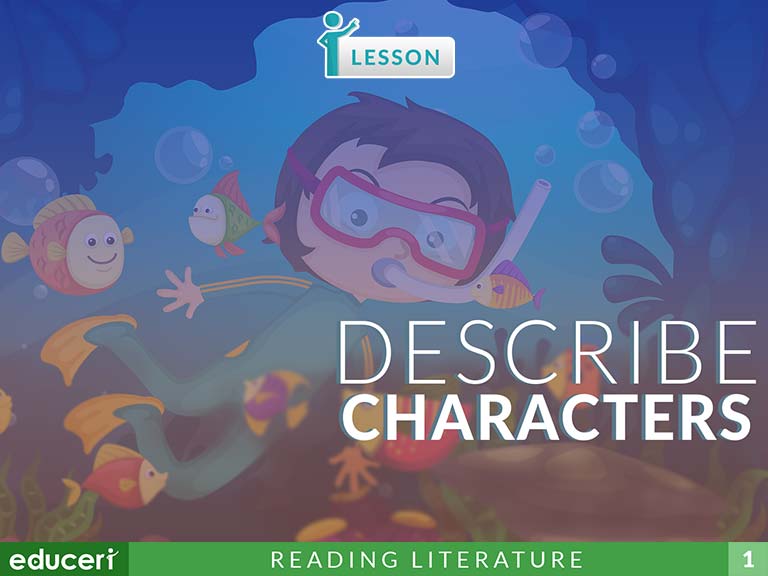
Describe Characters
This reading lesson requires students to describe characters in a story. Reading passages can be read aloud, or chorally for students that might need extra help reading. Teacher should guide students in analyzing each sentence to find textual evidence (key details) that supports the character’s description. The lesson includes research-based strategies and strategic questions that prepare students for assessments.
Share This Lesson
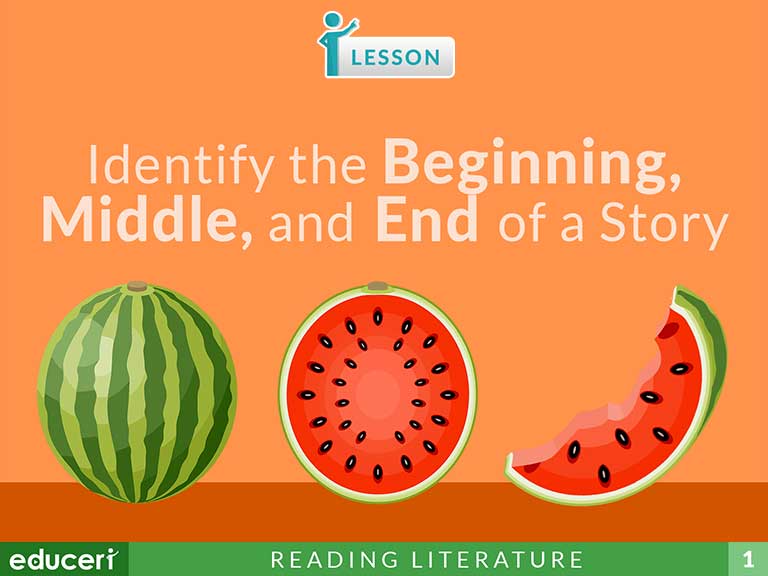
Identify the Beginning, Middle, and End of a Story
This literary response and analysis lesson focuses on identifying the beginning, middle, and ending of a story. The lesson includes research-based strategies and strategic questions that prepare students for assessments. In this lesson, students identify parts of a story by labeling them as B, M, or E. In addition to the lesson, there are eight pages of Independent Practice and review with questions modeled after current adaptive testing items.
Share This Lesson
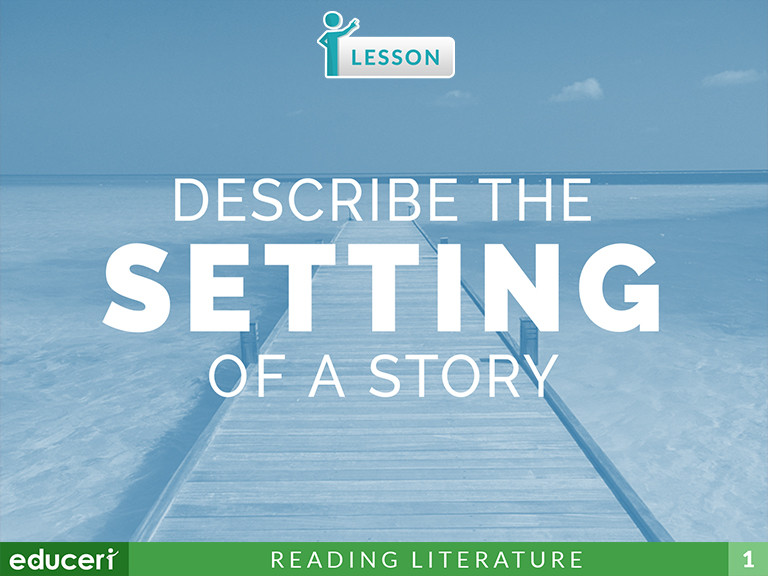
Describe the Setting of a Story
RL.1.3 Describe characters, settings, and major events in a story, using key details.
1(8)(D) Describe the setting.
This literary response and analysis lesson focuses on describing the setting in a story. The lesson includes research-based strategies and strategic questions that prepare students for assessments. In this lesson, students look for words that describe the setting (answers to where, when, or what is it like), and then they circle pictures that match the words. In addition to the lesson, there are four pages of Independent Practice and review with questions modeled after current adaptive testing items.
Share This Lesson
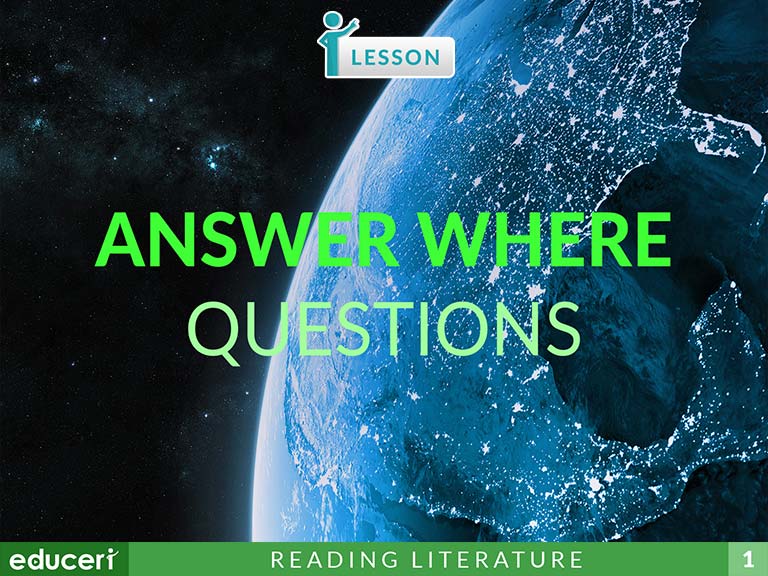
Answer Where Questions
This reading comprehension lesson focuses on answering "where" questions. The lesson includes research-based strategies and strategic questions that prepare students for assessments. In this lesson, students students use grade appropriate text to answer numerous "where" questions about place and location. In addition to the lesson, there are five pages of Independent Practice and review with questions modeled after current adaptive testing items.
Share This Lesson
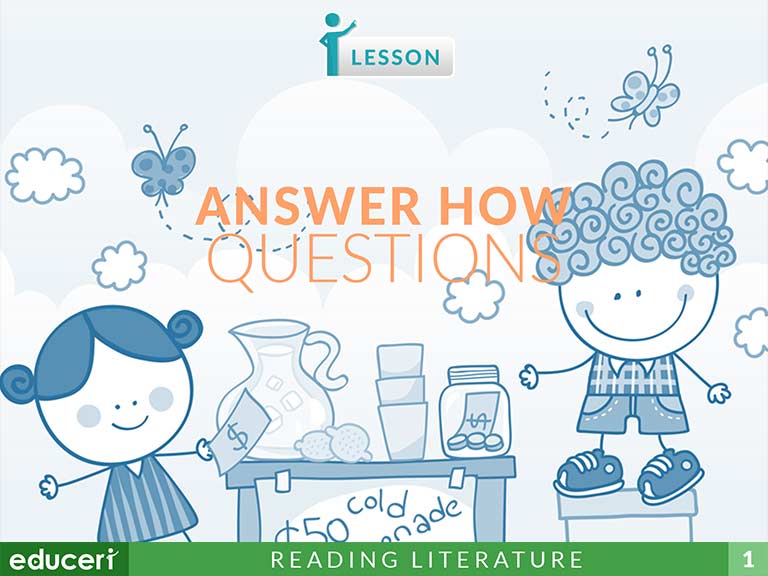
Answer How Questions
This reading comprehension lesson focuses on answering "how" questions. The lesson includes research-based strategies and questions that help prepare students for assessments. In this lesson, students are asked to answer "how many" and "how to do something" questions after reading the text. In addition to the lesson, there are four pages of Independent Practice and review with questions modeled after current adaptive testing items.
